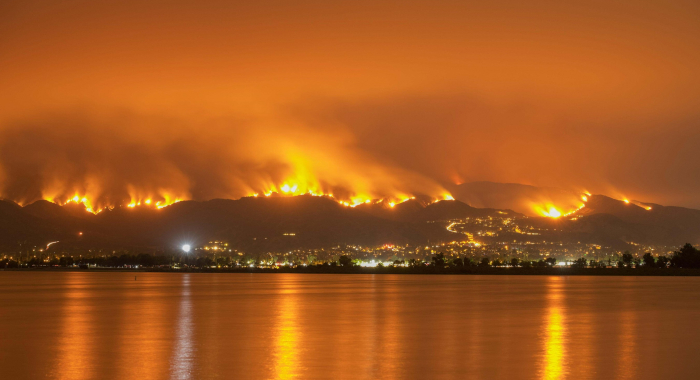Systematic, science-based conservation planning is a hallmark of the Conservancy. For biodiversity to thrive, habitats need to be protected, enhanced, or restored not just in the still wild places on the planet but also where people live and make their livelihoods.
Multi-disciplinary planning can help elucidate where the highest priority places are and what needs to happen there – and inform tradeoffs between conservation and other societal values.


Scott A. Morrison, Douglas T. Bolger
Reproductive success of many species in arid environments can be sensitive to rainfall patterns: rainfall events can produce a boom of primary productivity that fuels an ecological response from the…Scott A. Morrison, Douglas T. Bolger
Fragmentation-sensitive species – those that tend to disappear when their habitat is fragmented – pose particular challenges for conservation, in part because fragmentation ushers in such…Douglas T. Bolger, Andrew V. Suarez, Kevin R. Crooks, Scott A. Morrison, Ted J. Case
Habitat fragmentation ushers in a wide array of ecological changes, and understanding the drivers and impacts of those changes is critical for conservation management. This study examines an often…